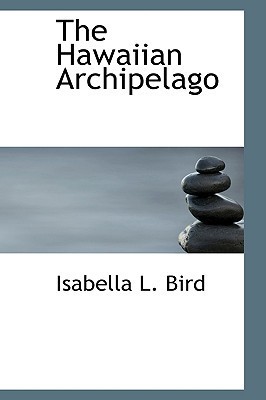What do you think?
Rate this book


Paperback
First published January 1, 1875
Down to Gehenna or up to the Throne,On Hawai'i, she frequently traveled only with native guides, climbing Mauna Loa, Mauna Kea, and Kilauea. During a February rainstorm, she traveled up and down a number of flooded gorges trying to make her way back to Hilo, which she did in good condition.
He travels the fastest who travels alone.
Every one can live abundantly, and without the "sweat of the brow," but few can make money[.]